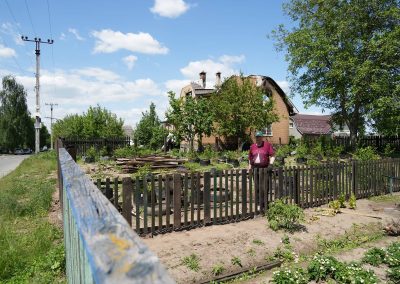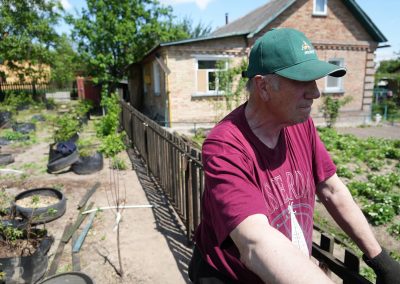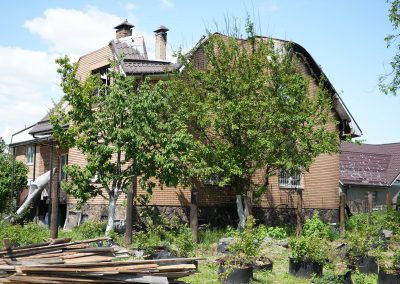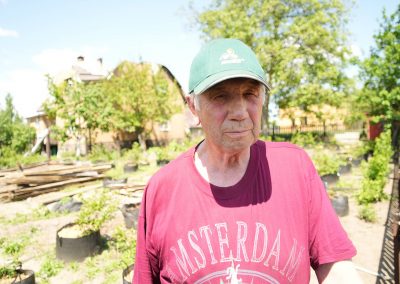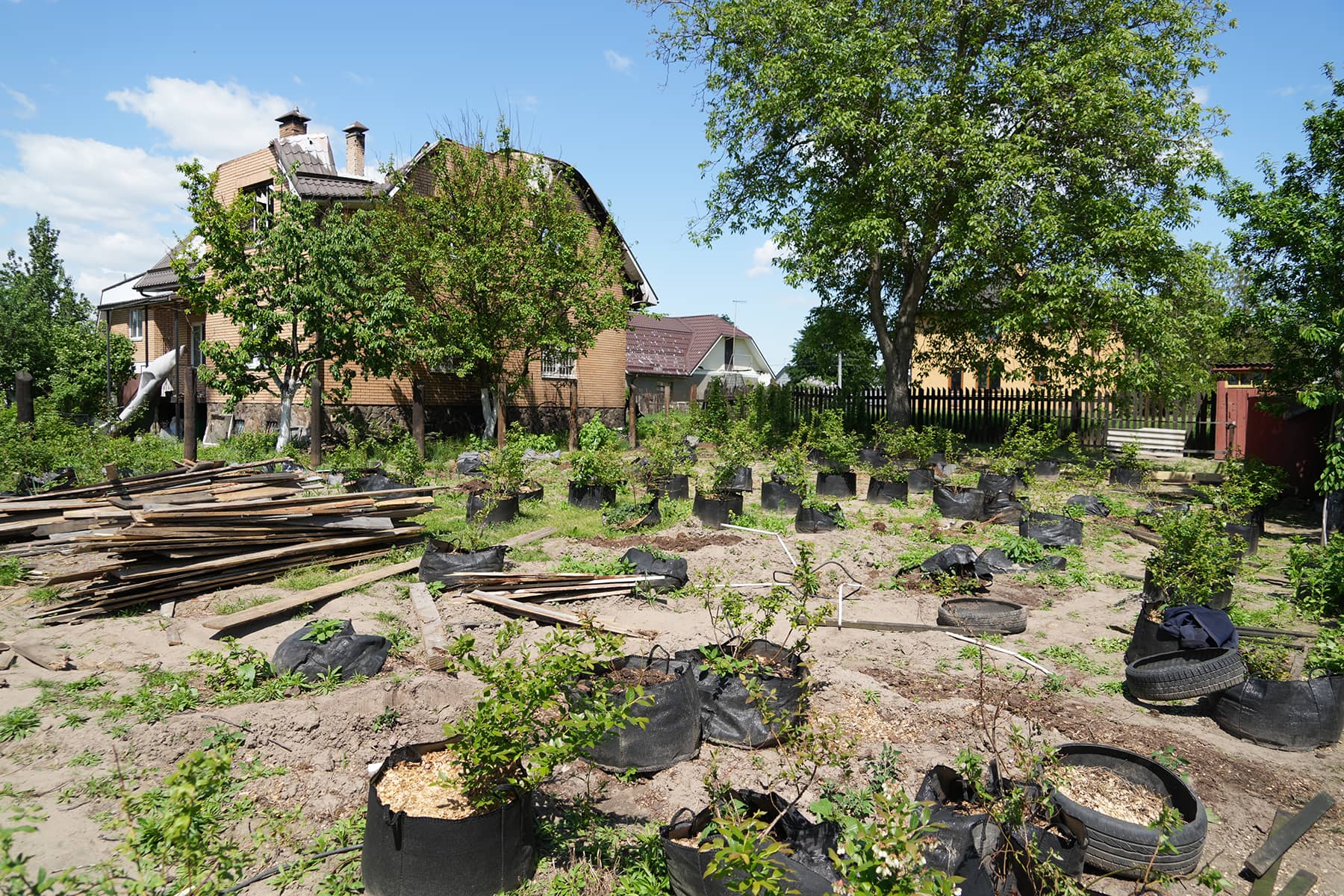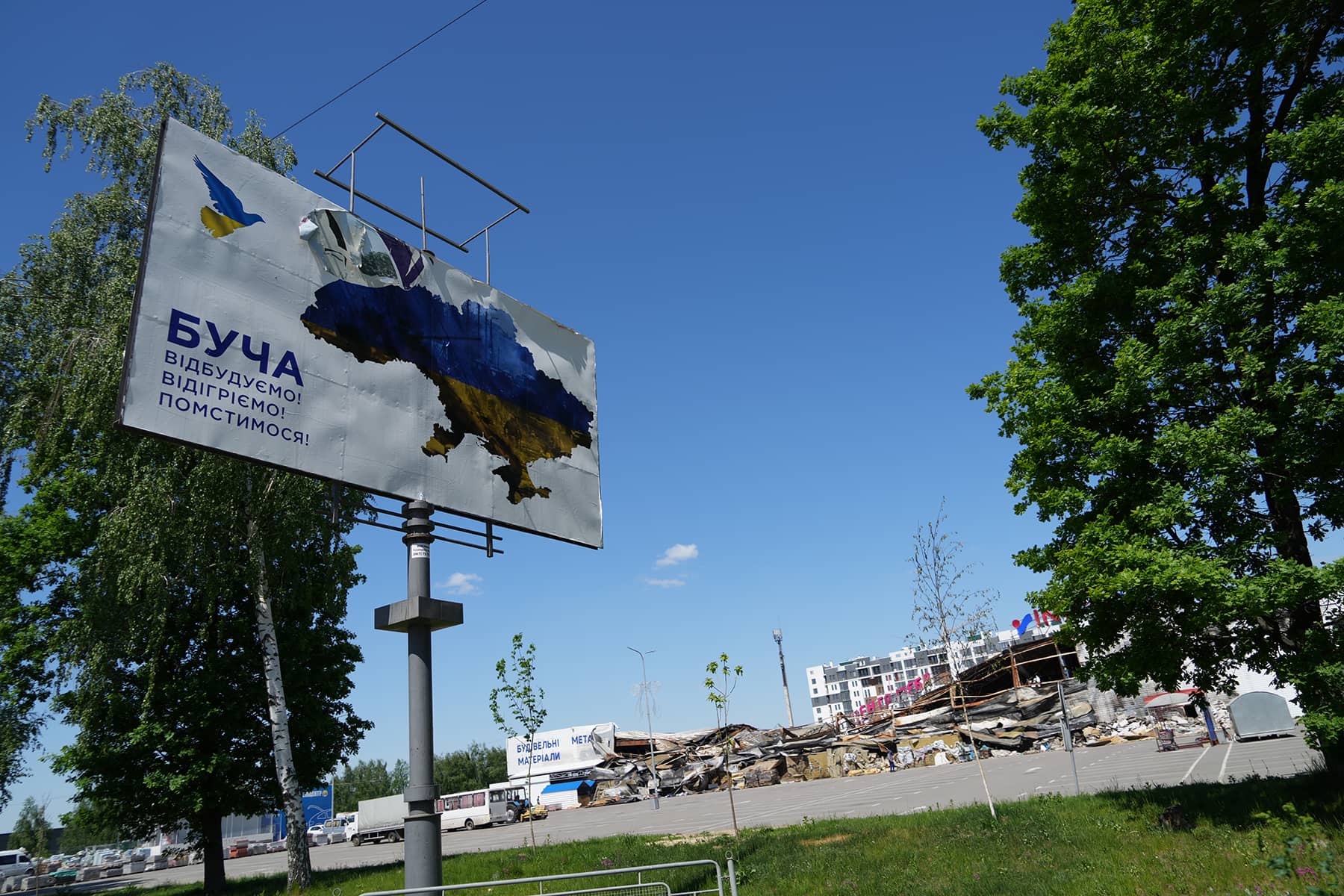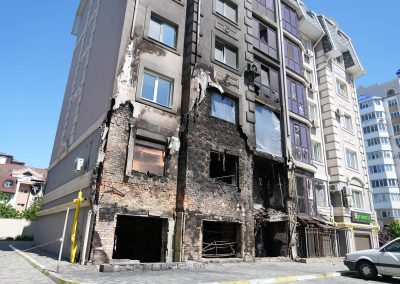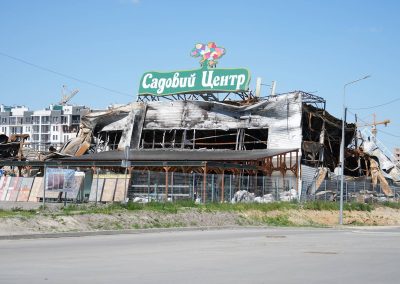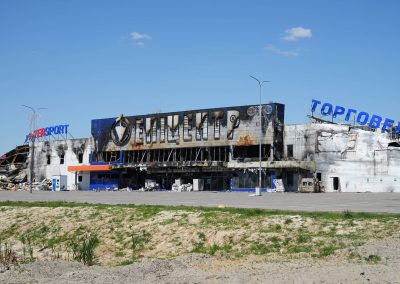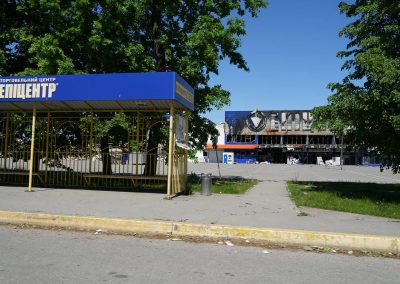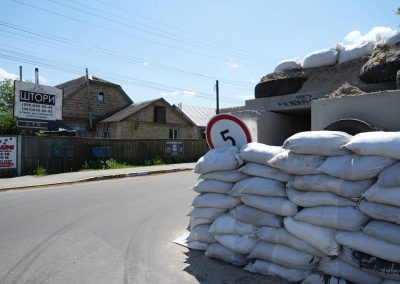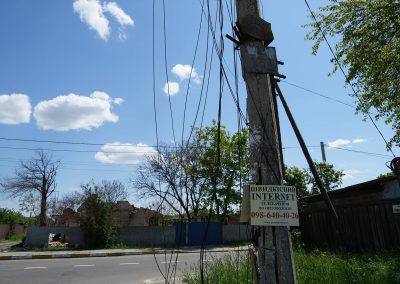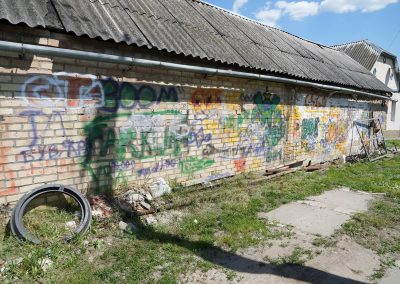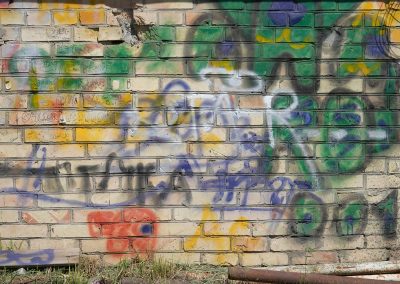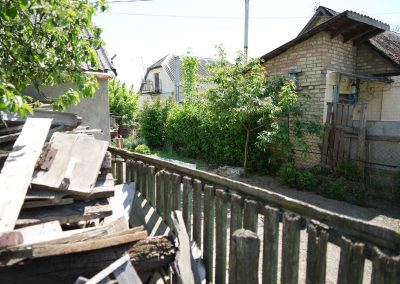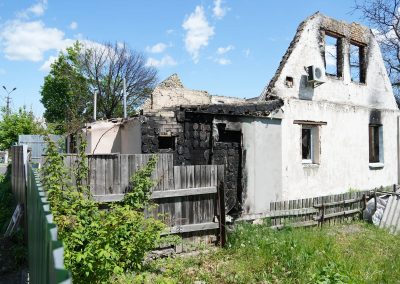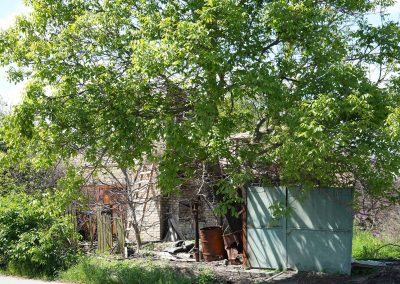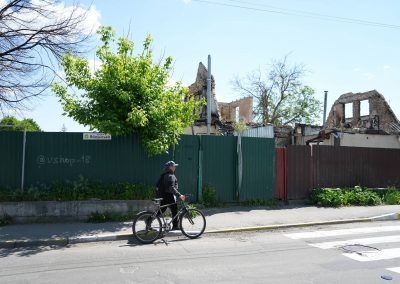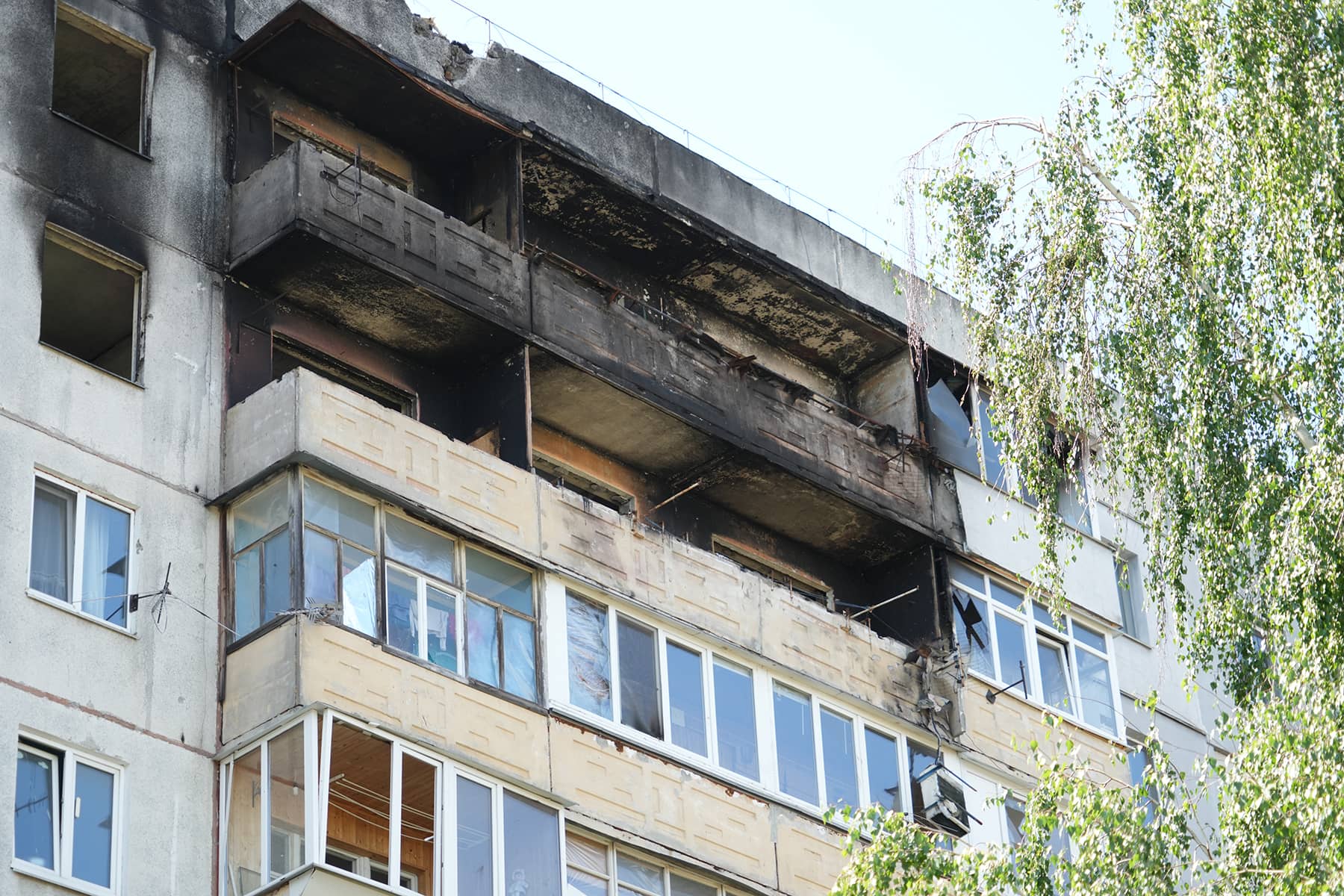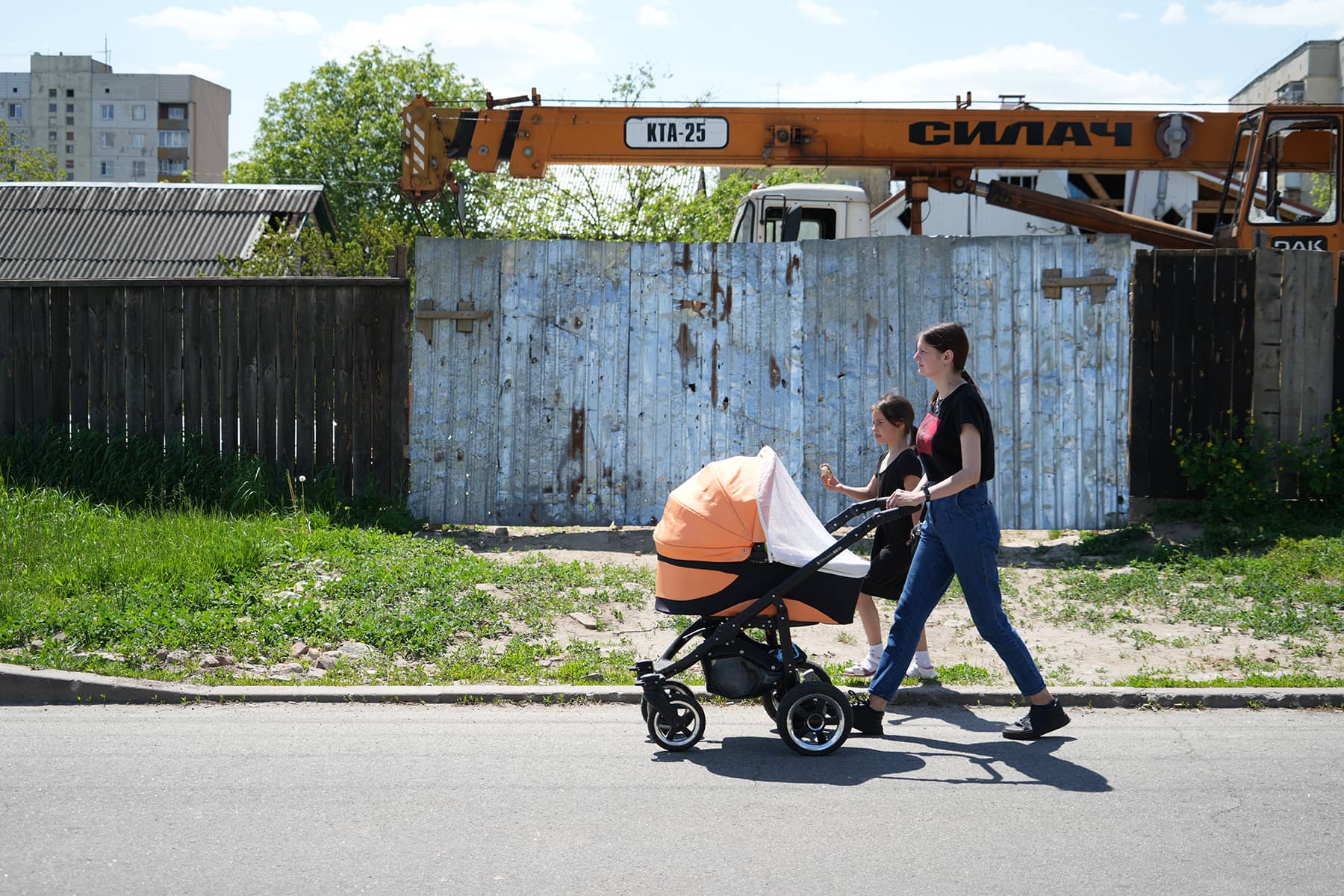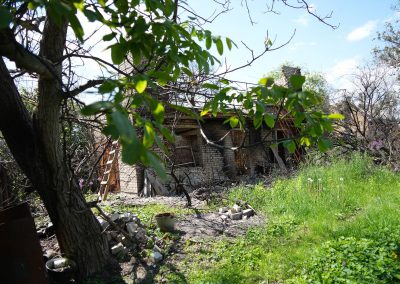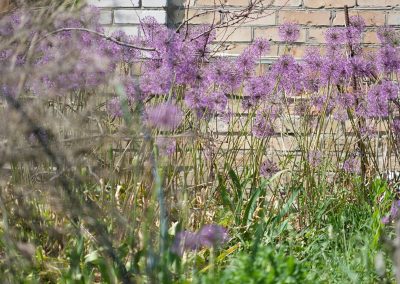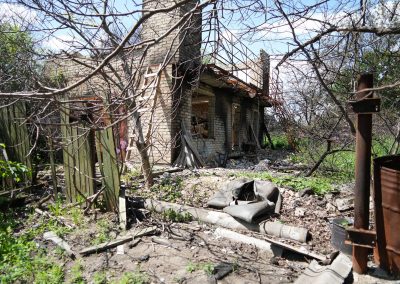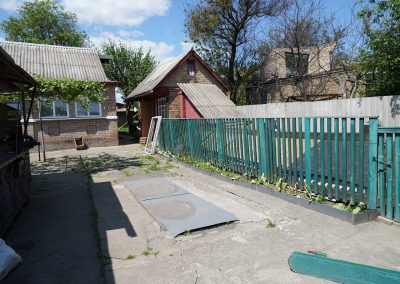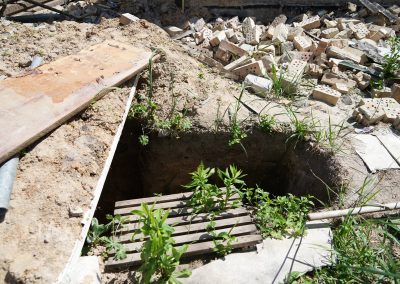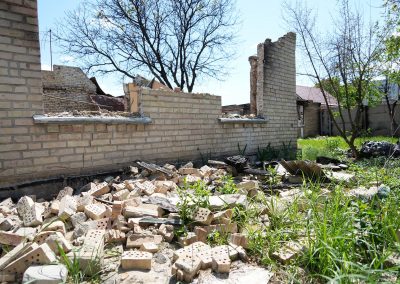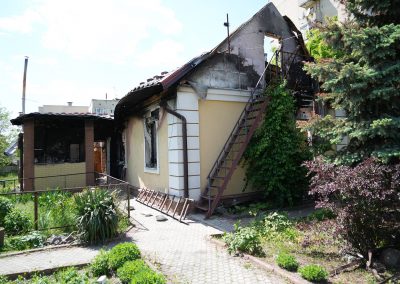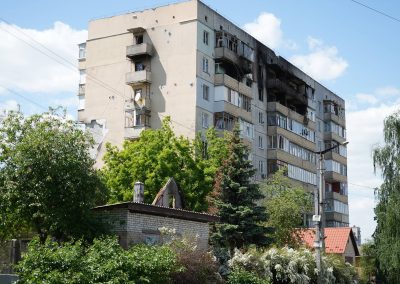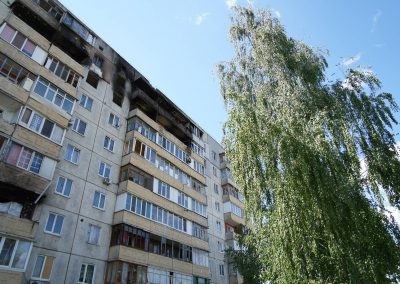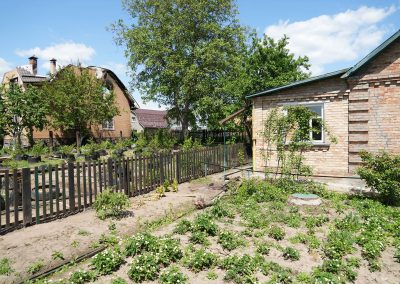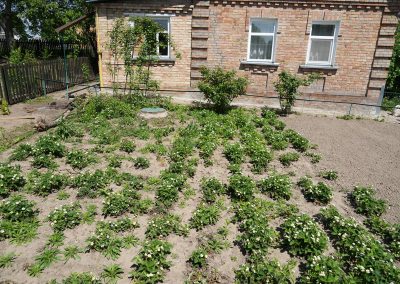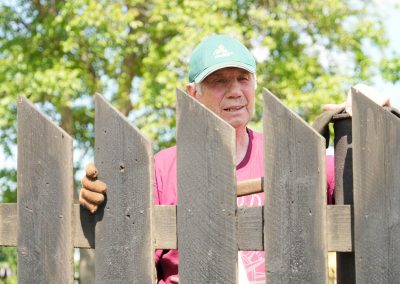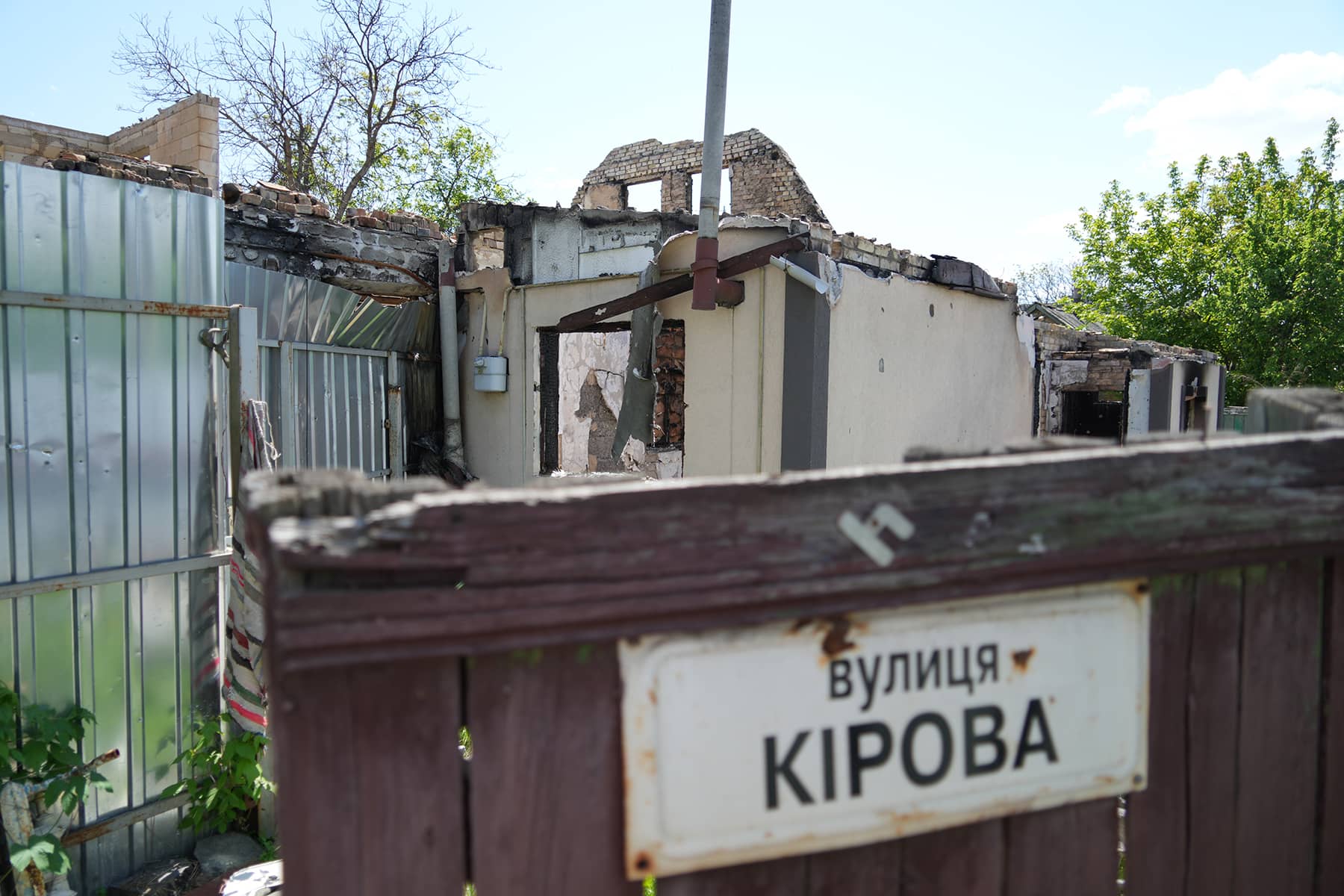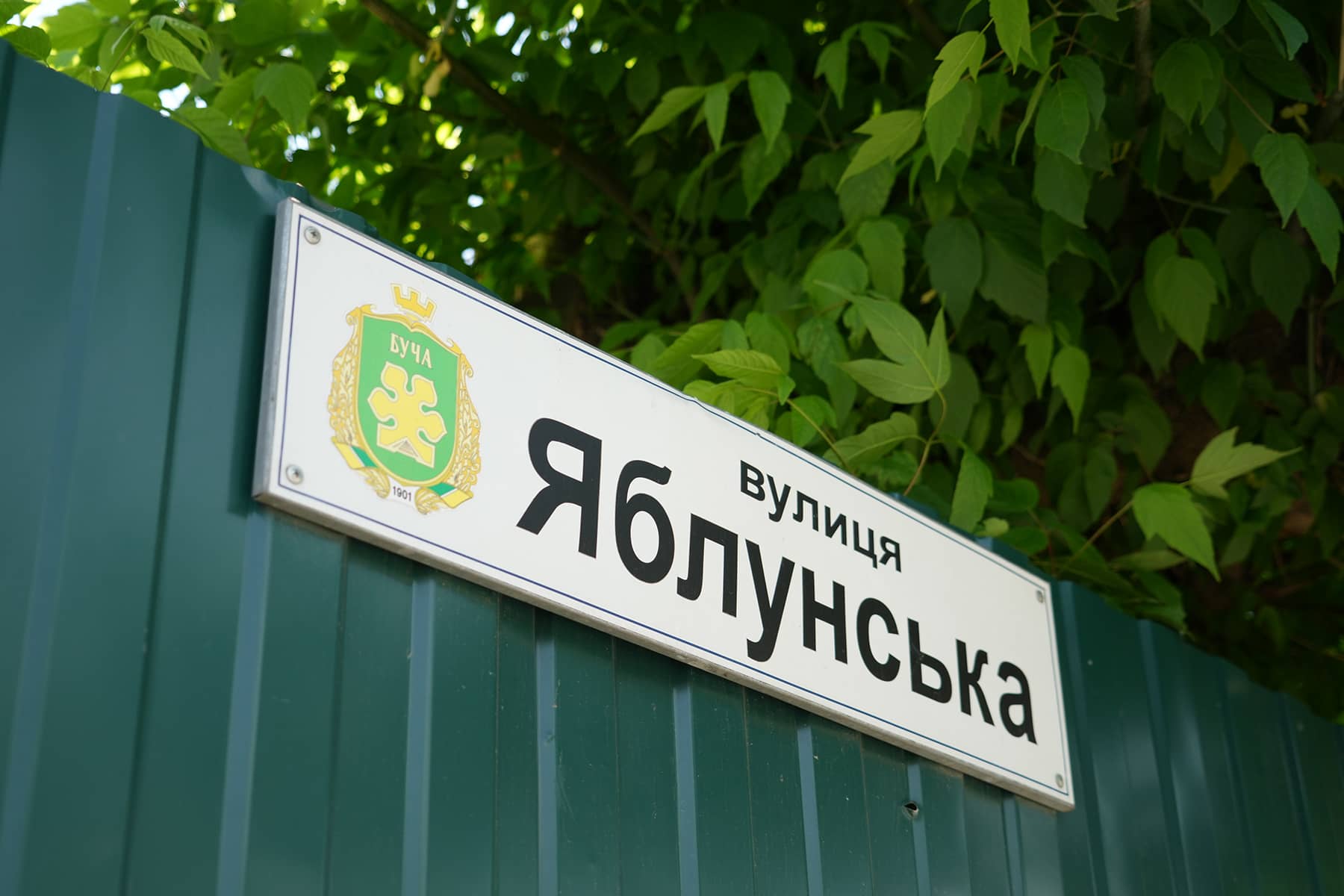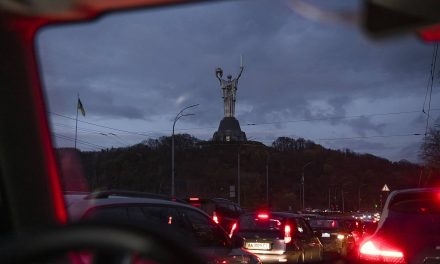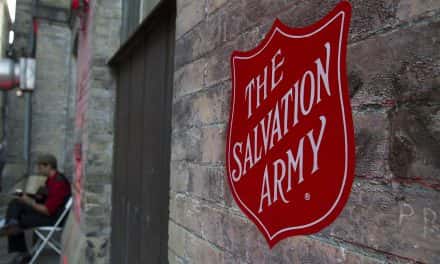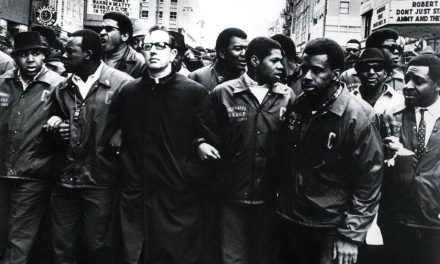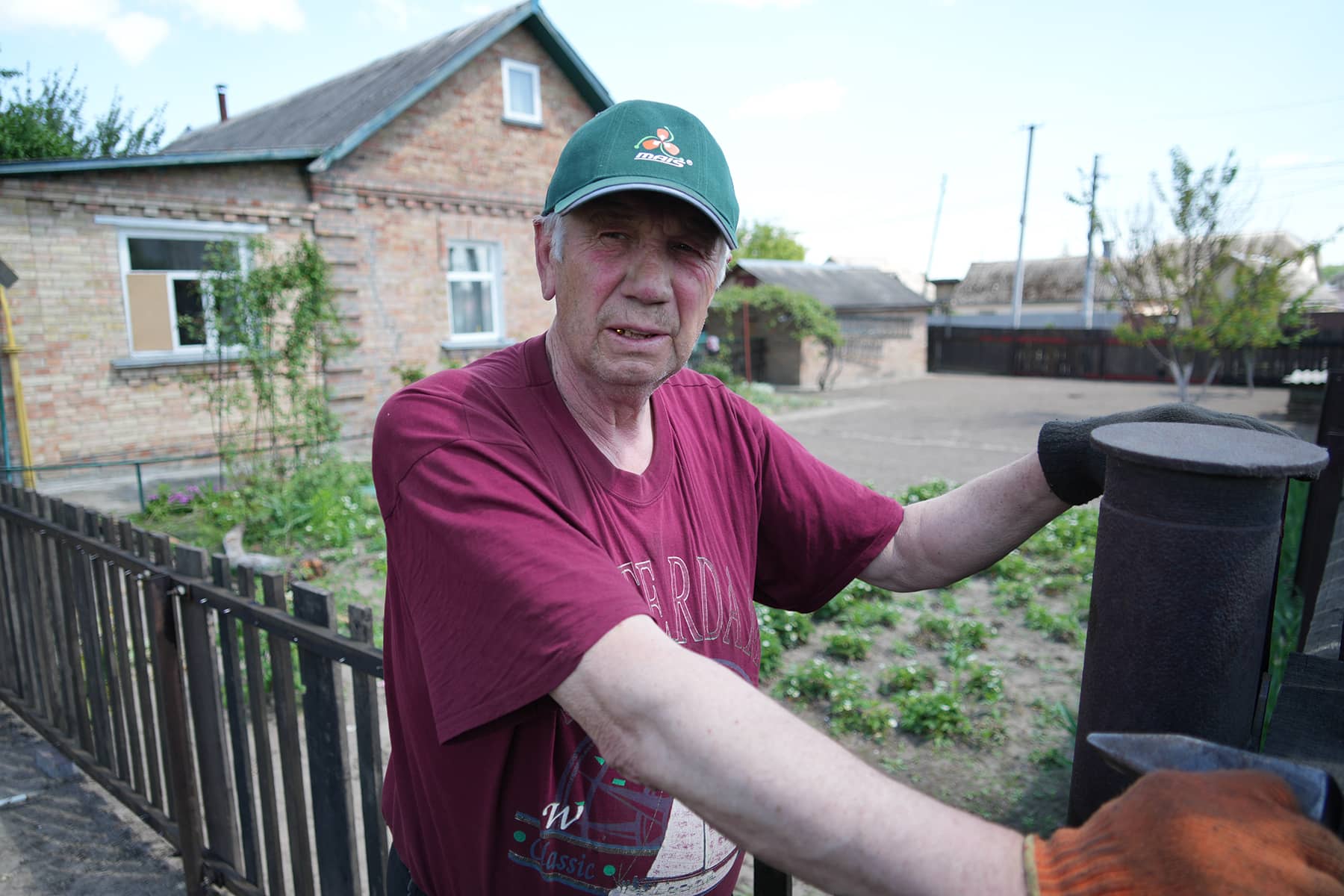
The very nature of war is its brutality, but there has existed a system of rules established by international treaties for how they are conducted. Those agreements in no way sanitize the deadly nature of war, but do set limits and boundaries.
The very nature of war is also insanity, and it often extends outside of military-on-military engagements to affect civilian populations. But not since Nazi Germany’s barbaric genocide of the Jewish population in Poland has the world seen a great power focus on slaughtering innocent families until Russia’s invasion of Ukraine.
War crimes are inexcusable, but have historically been isolated incidents. With Russia, overwhelming evidence has shown that the entire military strategy of the nation’s dictator is based on the execution of war crimes.
At the beginning of the invasion, many reports surfaced about executions and rapes conducted by Russian forces. But the systematic scale of the terror and torture was not clear until Russian forces were defeated by the Ukrainian counteroffensive.
After being prevented from capturing the capital city of Kyiv, and driven out of the country in the north around March 30, the world was shocked by the level of Russian inhumanity discovered in the small town of Bucha.
The city of Bucha, a suburb of Kyiv about 21 miles north, borders with Milwaukee’s sister city of Irpin. It was in Irpin that the local Territorial Guard and the Ukrainian Armed Forces stopped the Russian invasion aiming at the capital. Both cities suffered terrible destruction in weeks of battle. But Russian forces never had a foothold in Irpin like they did in Bucha.
Unable to advance, Russian troops stalled along the invasion route took out the frustration for their military failures on the civilian population who had no had time to escape. Bucha became a slaughterhouse, and images of systematic executions by Russian soldiers made international headlines. The city that had hosted a population of 36,000 became synonymous with war crimes.
One place in particular, Yablonska Street, was a focal point of the global outrage against the Russians. Named after Tatiana Yablonska, the great Ukrainian painter who died in 2005, multiple bodies were found scattered along the intersecting blocks.
That was where we met Ivan, a 72-year-old resident of Bucha. We had heard waves of terrible stories and first hand accounts of what took place in that area, along with the horrific images documenting the Russian savagery. But standing where so much evil had taken place, on a tranquil day while Ivan tended to gardening in his yard, was an emotional and surreal experience.
Ivan told the Milwaukee Independent team that he was at home when the war began. He described how the area had been fire bombed, and for safety he was forced to hide in his basement.
“They destroyed all of our infrastructure. There was no water, no light, no gas. You couldn’t even charge a mobile phone. I had to go to the neighbor’s house, who had a gas-powered generator, to charge my phone so I could communicate with loved ones,” said Ivan. “That was when my daughter called. I would not have thought to go anywhere if not for her. I am alive now because of my daughter.”
The war had been raging on the outskirts of the city since around February 24, when the invasion began. Ivan said that his daughter in Irpin called him and said that a huge column of Russian tanks were moving towards Bucha. He was able to escape before the Russians occupied the city on February 26.
“I left the city unprepared, fled with just what I was wearing. A neighbor and daughter stayed behind. I learned that the Russians locked them in the basement, and used the home as a fortification. It was the same everywhere, they broke down doors and settled in our homes. No one who remained was released from the city. It was impossible to leave the house. Anyone who left or tried to leave was shot without warning,” said Ivan. “The streets were littered with the bodies of people who tried to flee the occupation.”
He recalled stories of the Nazis during World War II. They had passed through Bucha on the way to Moscow, and when they retreated back to Germany. Even they had not inflicted the level of destruction that the Russians had in the early weeks of March.
“My neighbor’s daughter was seriously ill and needed medical attention. Her father pleaded, knelt before the occupiers, cried and begged to be allowed to leave the city. He was allowed to go, but on the condition that if he did not return in two days the house would be blown up,” Ivan. “They left and did not return, because the father realized that he would be killed and the house destroyed regardless.”
Ivan pointed across the street at the ruins of neighbor’s house. He then focused our attention to the other side of the road. He explained that the owners of all of the houses were dead. They had not had time to leave. They were shot or simply blown up when artillery hit their homes.
After the Russians occupied the city, they were unable to advance because of the fierce resistance stopping them in Irpin. Further down the street was an apartment building, with its top floor blackened.
“A military man from the Territorial Defense lived there. He was hiding in his top-floor apartment, waiting for the right opportunity,” said Ivan. “One day he shot the occupiers from his apartment. But after he was spotted, the Russians turned their tanks towards the apartment and destroyed it along with the building.”
Ivan said that before returning, he did not know if his house survived. He had lost all connections with anyone in the area, because no one remained.
“There was a trench in my garden, where the Russian occupiers hid their equipment. And there were graves. In my basement, I found the bodies of six tortured people. It was the same situation in many houses around the neighborhood,” said Ivan. “Eventually, the relevant government services came and took the corpses away for identification and burial.”
All the doors of Ivan’s home were broken, and his valuables were stolen or destroyed.
Even the surviving houses were so filthy from the Russian occupation that their condition was unbelievable.
Since the city’s liberation, Yablonska Street is commonly known as “Avenue of the Bodies” and “Street of the Dead.” The asphalt was sprinkled with corpses, destroyed Russian tanks, and fallen electrical poles, making it impossible to even walk down the street.
By the time the Milwaukee Independent team arrived, the horrors along the streets had been cleared away. But the damaged and empty homes remained. Activity was returning to the lifeless area, even though the wounds of war meant that there was no returning to normal. There was no one left to return.
“The Russians came to clean, tidy houses in a loving neighborhood,” added Ivan. “They left behind ruins, piles of garbage, and death.”
© PHOTO NOTE: All the original editorial images published here have been posted to the Facebook page of Milwaukee Independent. That collection of photos contains the MI copyright and watermark for attribution, and may be used for private social media sharing. Do not download and share images directly from this page. mkeind.com/facebook
Series: Reports from Ukraine
- Reports from Ukraine: Traveling from Milwaukee to a country at war just to take a vacation from America
- Images from Ukraine: Latino artist travels to Irpin to paint mural inspired by "Echoes of Guernica"
- Images from Ukraine: Irpin residents welcome reissue of Russian Warship Stamp as latest sign of victory
- Stories from Ukraine: Wandering in the ruins of a shattered life after surviving Russia's invasion
- Images from Ukraine: Similar to the Alamo, martyred cities bought precious time to save a nation
- Stories from Ukraine: Tent camp offers shelter for displaced residents until Irpin can rebuild lost homes
- Images from Ukraine: Graveyards of Russian war machines show the scale of Putin's failure to seize Kyiv
- Images from Ukraine: Following the invasion convoy's 40-mile route and exploring an abandoned base
- Stories from Ukraine: Illegal weapons and proof of Russian War Crimes easily seen along streets of Irpin
- Images from Ukraine: How Irpin’s cemetery processed the staggering massacre of its local citizens
- Stories from Ukraine: Healing remains slow as Borodyanka residents recover from occupation
- Images from Ukraine: The deep scars of war remain visibly etched across the landscape of Borodyanka
- Interview with Oleksandr Markushin: Mayor of Irpin and the hero of a Hero City
- A Meeting of Sister Cities: Former and current Mayors of Irpin ask Milwaukee's business community for help
- Stories from Ukraine: Having a shared purpose helped Irpin's leaders protect the city and stop the invaders
- Stories from Ukraine: How Milwaukee helped a bakery feed hungry survivors in Bucha with fresh bread
- Stories from Ukraine: Bucha resident recalls how Russians turned neighborhood into a street of death
- Stories from Ukraine: How a mass grave of executions overshadowed accountability from Bucha’s leadership
- Images from Ukraine: Putin’s attack on Babyn Yar is a painful reminder of the broken vow of “Never Again”
- Images from Ukraine: An unexpected encounter with Jewish history and the bloody legacy of persecution
- Images from Ukraine: Listening to timeless voices of ethnic heritage etched in stone at Lychakiv Cemetery
- Images from Ukraine: The experience of attending a military funeral in Kyiv while children died in Uvalde
- Images from Ukraine: Stepping out of the fog of war to see the beauty of faith in ancient places of worship
- Images from Ukraine: The cities of Kyiv and Lviv were divided by history but remain united in identity
- Stories from Ukraine: Anya Nakonechna shares why the Lviv Opera is a symbol of her nation’s culture
- Images from Ukraine: A folk village where visitors can experience the life of past generations
- Images from Ukraine: Signs of renewal sprout from under Irpin’s rubble as city looks to the future
Oleh Pinta
Oleh Pinta and Halyna Salapata
Lее Mаtz
Lее Mаtz and Yaroslav Zdyrko
Milwaukee Independent editorial team for this special series: (UKRAINE) Lee Matz, photojournalist; Oleh Pinta, translator / reporter; Yaroslav Zdyrko, security / videographer; (MILWAUKEE) Halyna Salapata, logistics / translations.
Milwaukee Independent has reported on the situation in Ukraine since it was invaded on February 24. Coverage originally began with reactions and rallies from the local Ukrainian American community, and relationships with Milwaukee’s sister city of Irpin. Through partnerships and good journalism, sources were developed that enabled Milwaukee Independent to publish developments about the unprovoked war in realtime. In late May, a team from Milwaukee Independent spent nearly two weeks on the ground in Ukraine. The award-winning daily news magazine was the first and, at the time, only media organization to send staff into the country since the war began.
Reports from Ukraine: An extensive news series by Milwaukee Independent from a country at war

